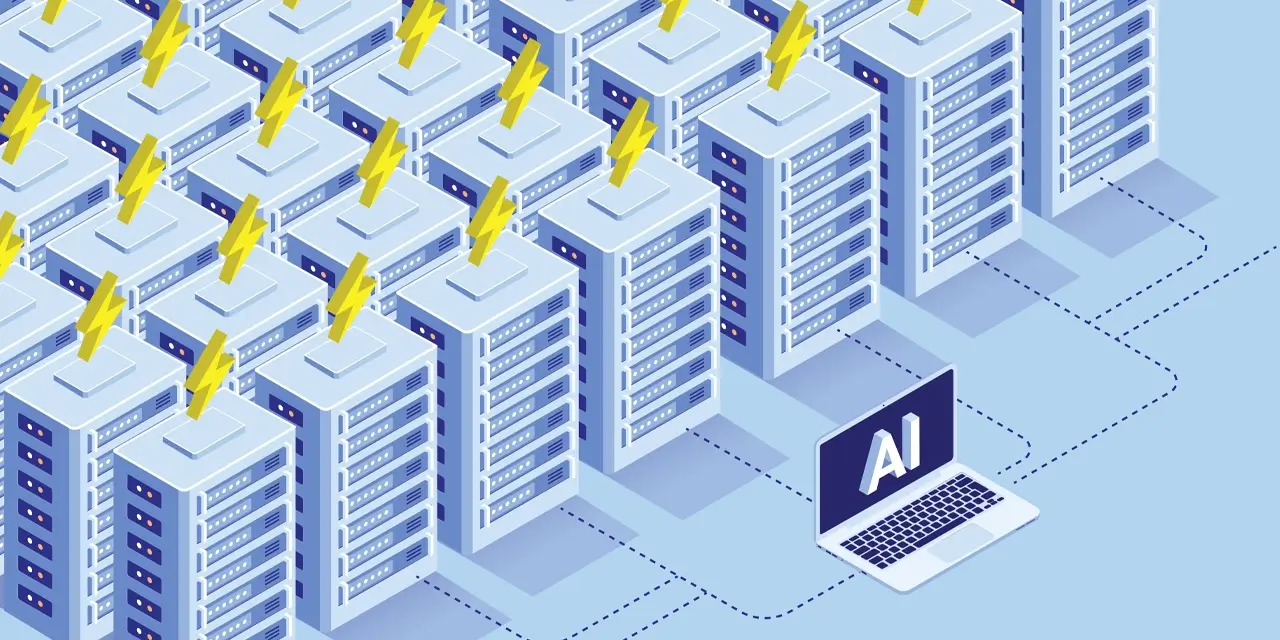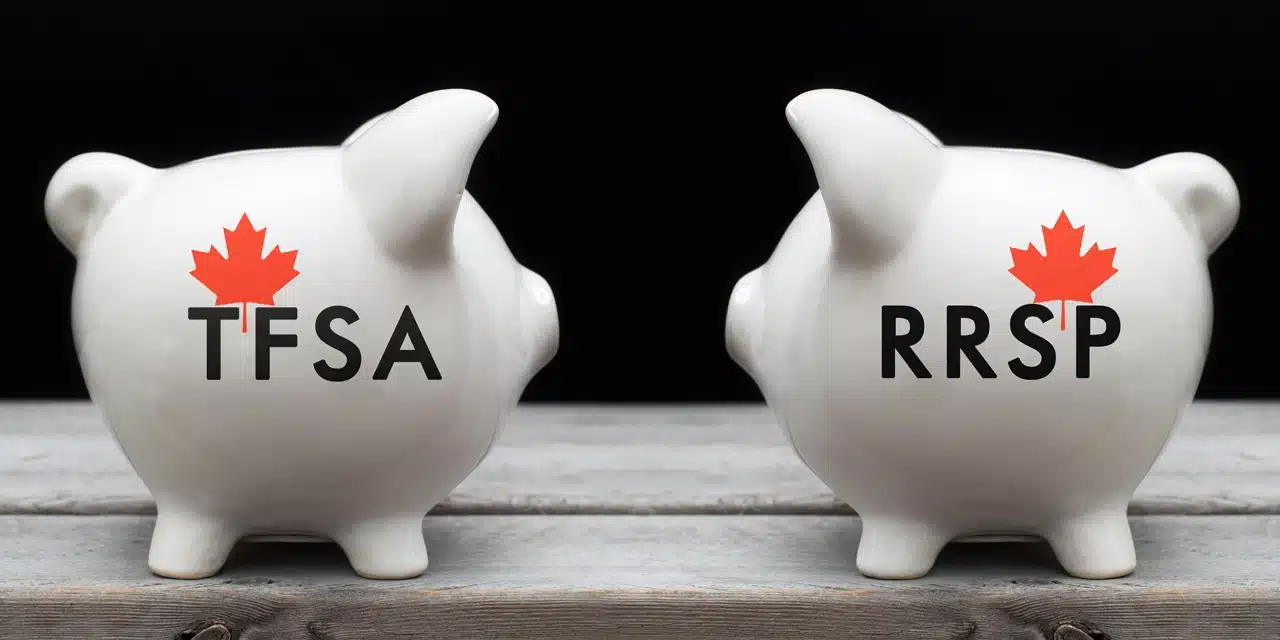
 |
 |
|
| Paul MacDonald, CFA Chief Investment Officer Harvest Portfolios Group |
Mike Dragosits, CFA Portfolio Manager Harvest Portfolios Group |
As the world economy looks beyond the pandemic to a slow and uneven recovery, utilities stocks have taken on a new appeal.
In good times or bad, we all need electricity or natural gas to heat our homes. We expect our internet connection to be fast and our cellphones to have service. Investments in these sectors are unlikely to yield large short-term gains, but they are the underlying systems we depend on to improve productivity and stimulate growth.
As interest rates hover near zero and central banks signal rates will stay low for the foreseeable future, the dividends paid by utilities have even more appeal. They offer predictable and non-cyclical income streams adding a defensive holding for portfolios.
In a Q&A, Paul MacDonald, Chief Investment Officer and Mike Dragosits, Portfolio Manager at Harvest Portfolios Group Inc., talked about the challenges and prospects for the global utilities sector. They also discussed the thinking behind the Harvest Equal Weight Global Utilities Income ETF (TSX: HUTL), an ETF launched in January 2019.
Q: What is the Harvest Equal Weight Global Utilities Income ETF?
Paul MacDonald (PM): It’s truly a global product in a sector that has been overlooked during the pandemic.
When you turn on lights in Paris, New York, London or Los Angeles, it’s most likely going through the transmission and the generation of one of the companies that we own. If you’re looking for income and some capital growth potential with diversity across regions and subsectors, this is an ETF to consider.
Q: How has the pandemic affected the sector?
Mike Dragosits (MD): Coming into the year, utilities were doing well in part because bond yields were at ultra-low levels.
Utilities tend to be a cushion in a recessionary environment, but COVID-19 has been unique. As panic set in, utilities were dragged down. Investors wondered what would happen to demand and whether customers would be able to pay their bills. By the end of March 2020, when the market recovered, sentiment shifted to growth, technology and anything to do with work from home.
Q: What does the Harvest Equal Weight Global Utilities Income ETF offer?
Paul MacDonald (PM): Our ETF offers high yield and stable cash flows. The underlying businesses do not have robust growth to drive their share prices, but as investors shift their preferences toward higher income that should cause prices to appreciate and perhaps normalize to multiples that we saw coming into 2020.
Mike Dragosits (MD): Our universe includes telecom and pipelines. These are big monopolistic infrastructure-type critical assets. One area we see value is in European telecoms. The stable big names. On the pipeline side there is also deep value. They are stable in terms of their cash flow and earnings and the transition to renewables is years away, so oil and gas is not going away anytime soon.
Q: What’s the sector’s outlook?
Mike Dragosits (MD): As the U.S. election event risk passes, the low volatility of utilities, telecoms and pipelines should return to top of mind for any type of investor looking for income and stability.
Q: Where does the renewable theme fit it?
Mike Dragosits (MD): A transition to renewable energy will take place over a long period of time. Utilities build assets that last for decades, so as they start new projects they will transition to renewables. That’s how this sector will evolve.
Q: How is the Harvest Equal Weight Global Utilities Income ETF different?
Mike Dragosits (MD): We select 30 of the largest and higher yielding stocks in the utilities, telecom and pipeline sectors in Canada, the U.S. and Western Europe.
We start with hundreds of companies which we rank by dividends from the highest to lowest yield. We lop off the top 10% because some of those companies are in distress, which raises questions about whether the dividend is sustainable. We also remove the bottom 50% with low yields.
That leaves a universe of companies with high, sustainable dividends. We select the top 30 names. About 40% of the companies are in the US, 15% in Canada, and 45% a mix of European countries. The sector weights are 50-to-55% utilities, 30-to-35% in telecoms and 10-to-15% pipelines.
The ETF also benefits from our use of covered calls.
Q: Can you explain your covered call strategy?
Paul MacDonald (PM): An important part of the Harvest model is the use of covered call options to generate extra income. We sell a portion of the potential rise in a stock price in exchange for a fee. The fee limits the gain a bit, but it also acts as a cushion if share prices fall. Covered call options are a Harvest specialty. This link offers a more detailed explanation.
Q: What Canadian companies are in this ETF?
Mike Dragosits (MD): BCE, Telus, TC Energy, Pembina Pipelines and Enbridge as at October 31, 2020. All are familiar solid companies Canadians easily recognize.
Q: How is this ETF managed?
Mike Dragosits (MD): It is an index that is rebalanced quarterly. It will always have 30 names and it will be equally weighted amongst those 30 names. It uses covered calls to enhance the monthly distribution and hedges the foreign currency exposure back to the Canadian dollar. The management fee is 0.50%.
Q: How would you sum things up?
Mike Dragosits (MD): We offer diversity, big income and the potential for a little bit of growth. Big I and little G. If you’re an investor or retiree looking for income and stability, I think this is a product that certainly could fit well.
For more on Harvest click here.












